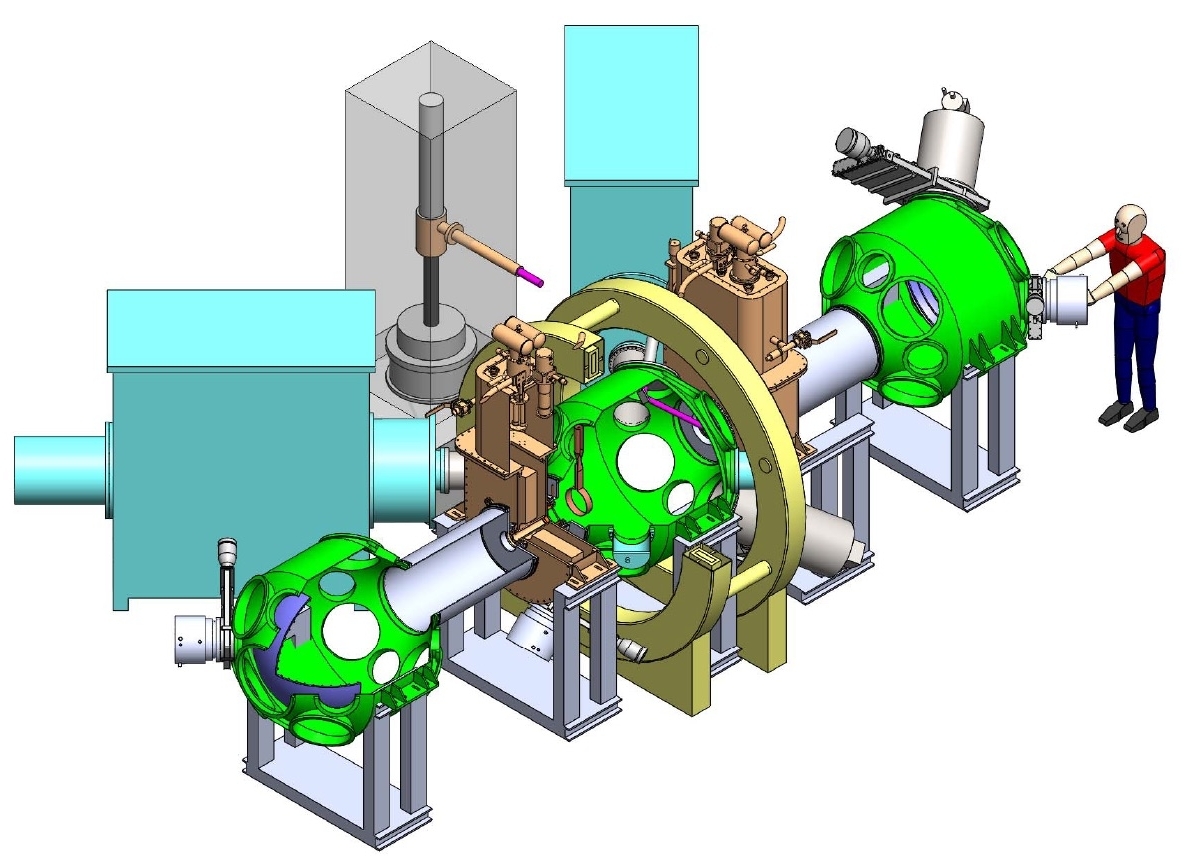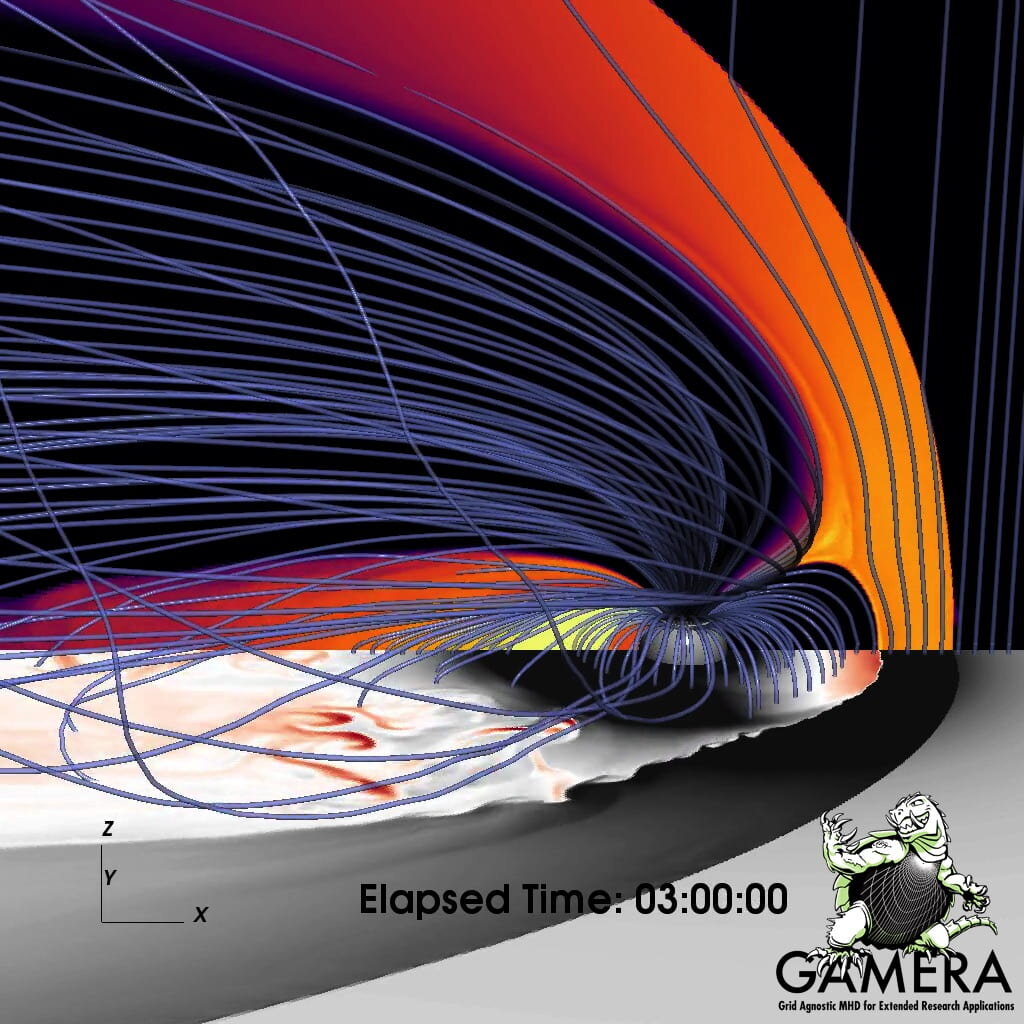
When the sun expels plasma, the solar wind cools as it expands through space – but not as much as the laws of physics would predict. Physicists now know the reason. University of Wisconsin-Madison physicists provide an explanation for the discrepancy in solar wind temperature. Their findings suggest ways to study solar wind phenomena in research labs and learn about solar wind properties in other star systems.
“People have been studying the solar wind since its discovery in 1959, but there are many important properties of this plasma which are still not well understood,” says Stas Boldyrev, professor of physics and lea...
Read More









Recent Comments